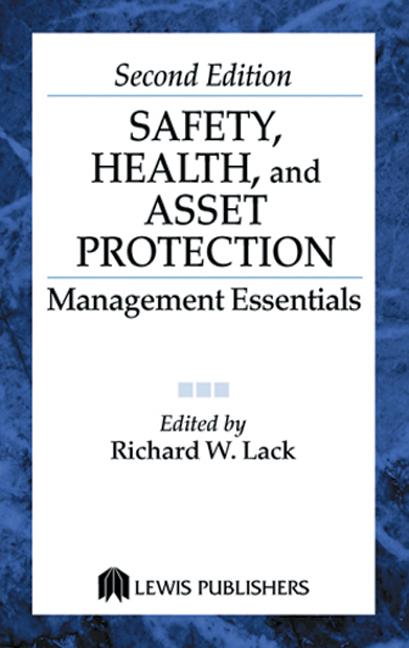This month we’ll study Built to Last, and save the other two books for upcoming issues of ISHN.
Achieving sustainable results
Built to Last examines organizations in existence for at least 50 years. It compares companies with moderate success to those with great success over time — companies that have sustained results for at least 50 years (some for 150 years). Here are characteristics of “built-to-last†companies, with comments on how they potentially apply to safety:1 — Best lasting companies are not driven by profit, but by values and purpose.
Is employee safety a core value in most workplaces today? Does the workforce perceive safety as a core value? In many companies, management says safety is a basic value, yet employees say it’s less important than other corporate agenda items (such as production and quality). During slow times, yes, safety might make it as a high priority. But that’s short-lived once production ramps up again.2 — Core values do not change over time (per regulatory mandates, for example).
An organization’s emphasis on safety should not be personality — or regulatory — dependent. Safety cannot be put in the position of rising or falling based on the whims and philosophies and prejudices of different managers and executives, or changing regimes in Washington.3 — Commitment to “Big Hairy Audacious Goals†is genuine.
Firms must be open to new ways of doing things. In terms of safety, this doesn’t mean you go out and buy the latest, greatest external system. Better to build your safety systems and processes with internal resources, both hourly staff and management.4 — Focus on improving your own performance, not beating the competition.
Who truly cares what another company’s safety record happens to be? Who knows how they got there? What’s important is this: Are you surpassing last year’s safety accomplishments? And I’m not referring to invalid numbers such as accident rates. They do not hold up for useful comparison. You can do everything right one year and have a spat of accidents. You can do nothing and get away with zero accidents.5 — Focus on acts, not visionary statements.
What is your organization doing today to reduce accidents? Who is responsible for doing what? How are your employees evaluated? Each individual must understand what is expected of them in terms of contributing to safety performance, and they must be regularly measured to ensure that those expectations are achieved.6 — Build and improve the process; don’t worry about results.
In other words, ignore incident rates and focus on your safety process activities. Both upstream and downstream measures must assess process improvement, not number of accidents.7 — Executives are more like framers of the United States Constitution than the King of England.
In safety we need revolutionary thinkers open to new ways, not simply managers who run programs by issuing one rule after another.Applications to safety
Clearly, these characteristics of built-to-last organizations speak directly to safety. They remind us that “world-class achievers†prize authenticity and inclusiveness. If you want your safety program to be credible in the eyes of both managers and employees, forget the lip service and concentrate on accountability. Ensure that each person — from CEO to hourly employee — understands his/her tasks, and is measured and rewarded appropriately.It’s also smart to emphasize “and†instead of “or.†It’s not a matter of achieving compliance or building a safety culture — it’s being able to comply with OSHA and build your culture.
Truly influential management books send simple, consistent messages. It’s the safety practitioner’s job to recognize these messages, understand them and translate them into safety-relevant messages.

